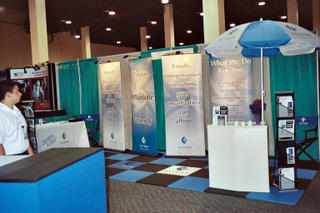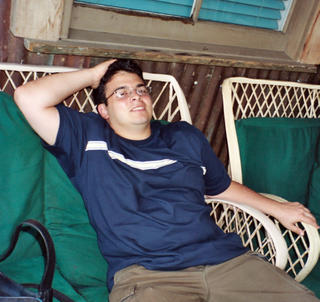Are you or your employees at risk for degenerative brain disease? In a study of more than 2.6 million U.S. death records, researchers have found that certain occupations are linked to increase risk for diseases such as Alzheimer's and Parkinson's.
While many of these job-disease relationships have been observed in previous research and could potentially be attributed to workplace exposures to chemicals (as is the case with farmers, welders and hairdressers), other links were harder to account for (such as the increased risk among teachers, clergy and bank tellers), according to the researchers, led by Robert M. Park of the National Institute for Occupational Safety and Health, Cincinnati, Ohio.
Park readily acknowledges the limitations of studies like this, which use death certificates to find associations between occupation and disease risk. "At best," he notes to Reuters, such research can reveal general patterns that can then be studied further.
In their analysis, Park and his colleagues found that bank tellers, clergy, aircraft mechanics and hairdressers had the highest risk of dying from Alzheimer's disease.
Biological scientists, teachers, clergy members and other religious workers had the biggest odds of dying of Parkinson's disease.
The risk of death from pre-senile dementia--a form of dementia that surfaces before the age of 65--was most pronounced among dentists, graders and sorters in industries other than agriculture and, again, clergy.
Veterinarians, hairdressers and graders and sorters had the highest odds of dying from motor neuron disease, the most common form of which is amyotrophic lateral sclerosis, also known as Lou Gehrig's disease--a fatal degeneration of the central nervous system.
The study, which has been published in the American Journal of Industrial Medicine, was based on the death records from 22 states between 1992 and 1998.
What's unclear is why these specific positions appear to be linked to brain degeneration. There are certain cases of chemical exposure in occupations like farming, but one wonders why the clergy would be at greater risk. Click here for additional information about this interesting study.




